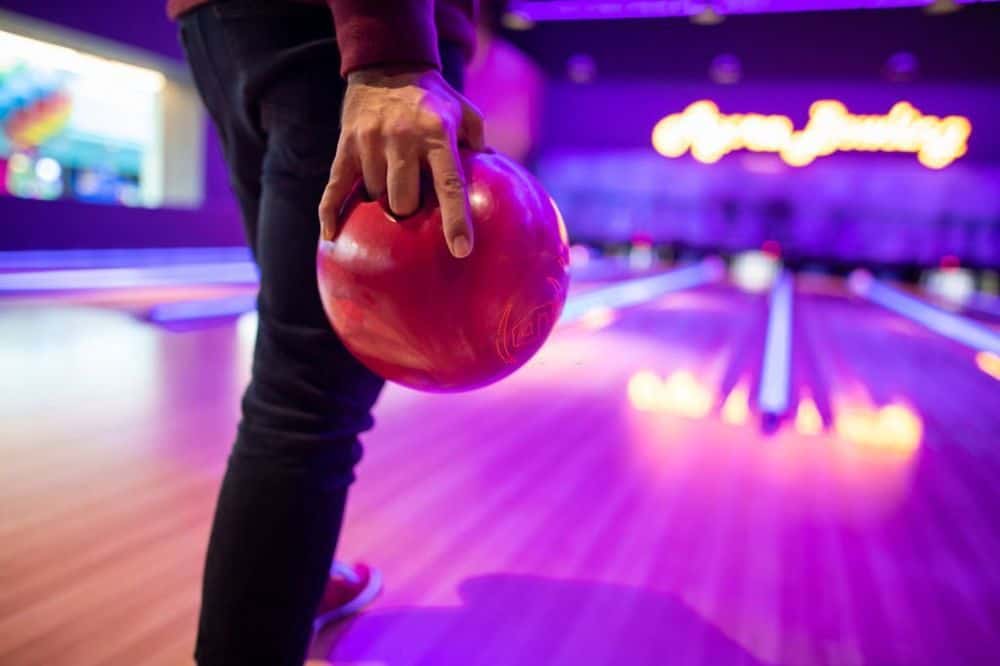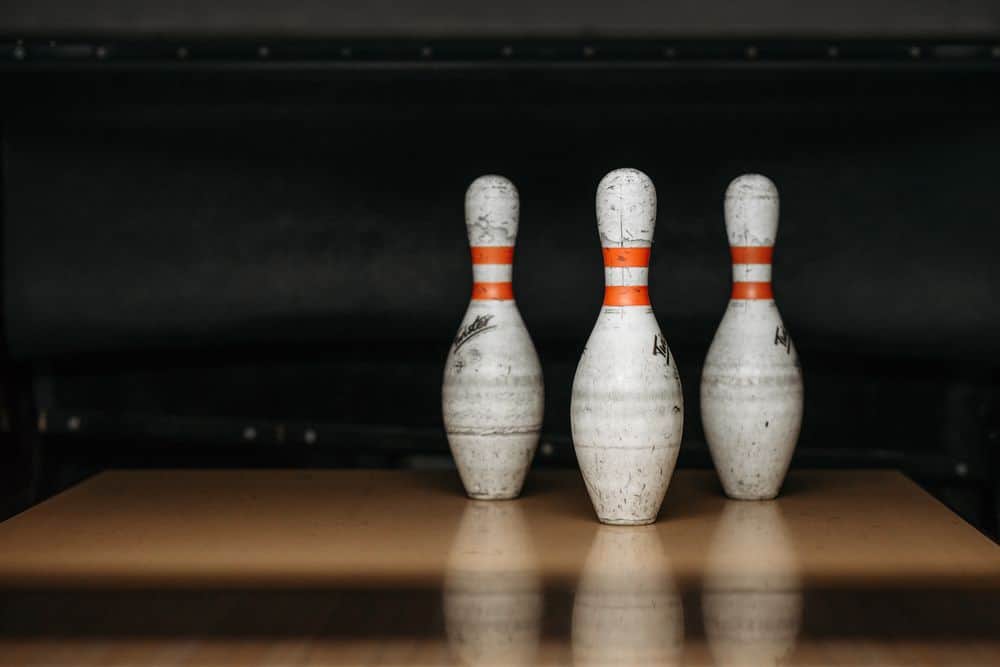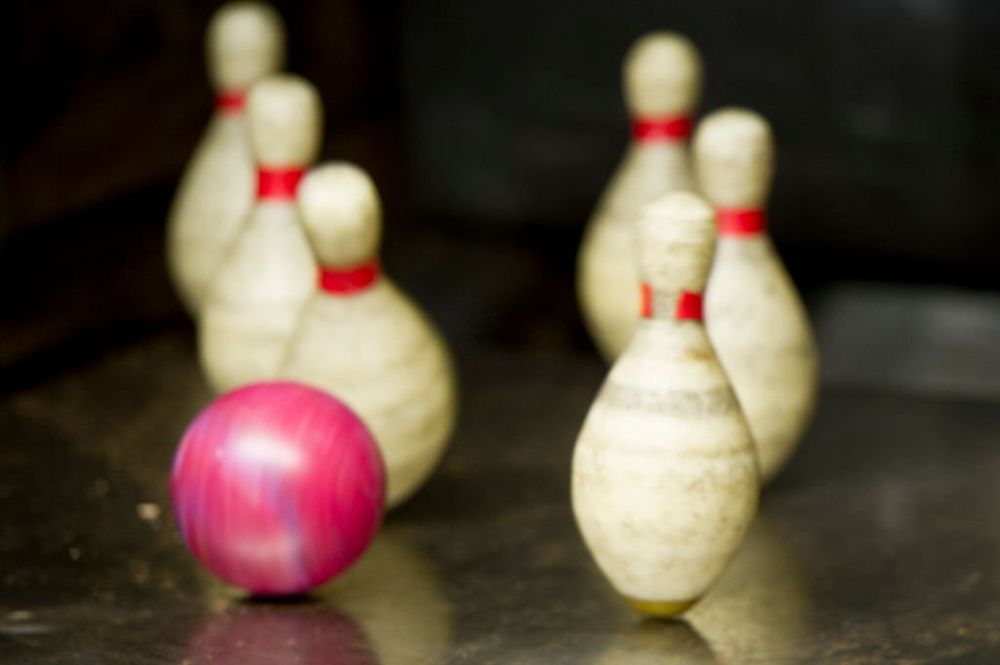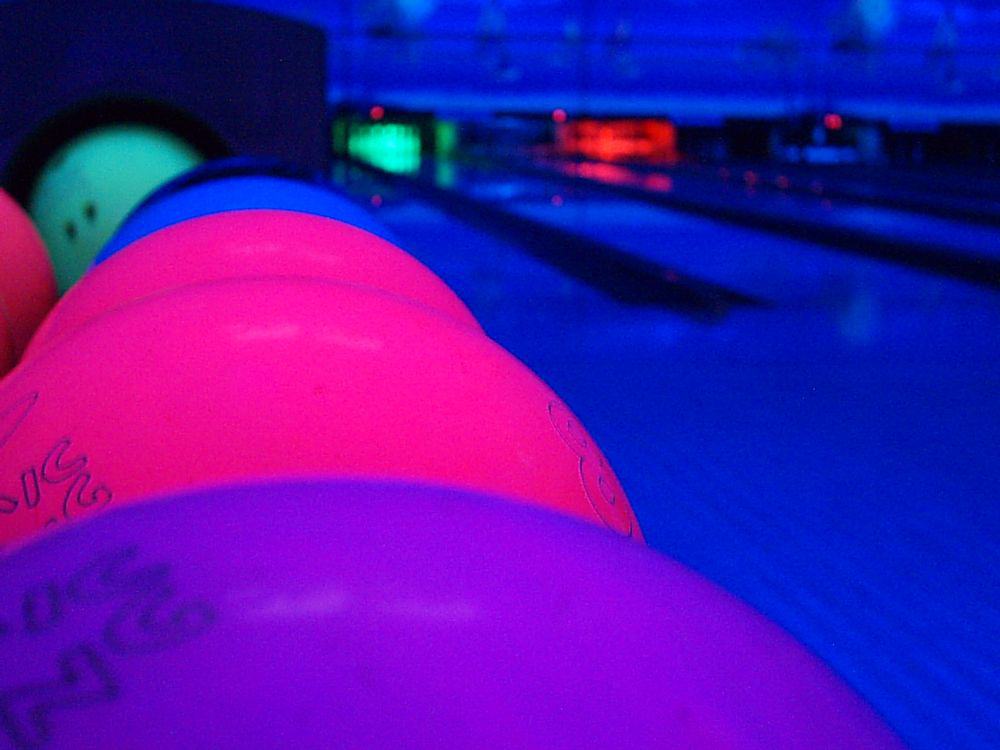You step up to the bowling lane, ball in hand. You take a deep breath and steady yourself, feeling the weight of the ball in your palm. With a flick of your wrist, you release the ball down the lane, watching it curve with precision towards the pins.
But did you know that there was once a time when bowlers could use balance holes to achieve even greater control over their balls?
Balance holes were once a popular feature on bowling balls, used by many bowlers to fine-tune their throws and gain an edge over their opponents. However, in recent years, these holes have been deemed illegal by the United States Bowling Congress (USBC), sparking controversy among players and enthusiasts alike.
So why exactly are balance holes no longer allowed in bowling? In this article, we’ll explore the history behind this decision and its impact on bowlers today.
The History of Balance Holes in Bowling
Let’s take a trip down memory lane and explore how bowlers used to fine-tune their balls before modern regulations came into play. In the early days of bowling, players would drill holes in their balls to adjust weight distribution, improve grip and manage spin. This technique, known as ‘drilling for balance,’ was an essential part of the game’s evolution.
As bowling grew in popularity, so did the development of new drilling techniques. Bowlers began using multiple balance holes to achieve different effects on the ball’s performance. This led to more complex drilling patterns that could dramatically alter how a ball behaved on the lane.
However, with advancements in technology and changes in rules and regulations governing bowling equipment, these traditional methods have become obsolete. Modern bowling balls are now designed with built-in weight blocks that eliminate the need for additional drilling or balance holes. As such, these techniques are no longer allowed in sanctioned competitions because they provide an unfair advantage over those who use regulation equipment.
In conclusion, while drilling for balance was once an essential part of bowling strategy and gameplay, it has since been replaced by modern technology and regulations that promote fairness among competitors. While some may miss the old ways of customizing their gear, it’s important to remember that progress is necessary for any sport or industry to thrive.
The USBC’s Decision to Ban Balance Holes
The USBC made a surprising decision to ban a popular technique, but what was their reasoning behind it?
From the bowler’s perspective, balance holes were seen as an essential tool for achieving the perfect roll. These small holes drilled into the ball could help adjust its weight distribution and improve accuracy.
However, from the USBC’s point of view, balance holes gave some bowlers an unfair competitive advantage. The USBC’s rationale for banning balance holes was based on fairness. They believed that allowing some bowlers to use this technique while others couldn’t would create an uneven playing field.
The organization wanted to ensure that all bowlers had equal opportunities to succeed in competitions. By eliminating balance holes, they hoped to level the playing field and make bowling more accessible for everyone.
While some bowlers may have been disappointed by this decision, it ultimately benefits the sport as a whole. By removing any potential advantages or disadvantages caused by equipment modifications like balance holes, players can focus solely on their skills and abilities when competing against each other.
This creates a fairer and more enjoyable experience for everyone involved in the sport of bowling.
The Impact of the Ban on Bowlers
With the USBC’s decision to ban a common technique, many bowlers have had to adjust their game and equipment to stay competitive.
The ban on balance holes has been a significant change that has impacted bowlers’ playing styles. Many bowlers relied on the use of balance holes in their balls as it helped them maintain control over their shots and improve accuracy.
The ban has forced bowlers to explore new training techniques and mental preparation strategies. Bowlers are now spending more time practicing different release techniques, adjusting their grip, and using different ball layouts.
Mental preparation is also becoming increasingly important for bowlers as they need to be mentally strong enough to adapt quickly when things do not go according to plan.
In conclusion, while the USBC’s decision to ban balance holes may have initially caused some discomfort for bowlers, it has ultimately led them towards exploring new ways of approaching the game.
Training techniques such as focusing on improving physical strength or developing a better understanding of lane conditions can help reduce dependence on balance holes and improve overall performance. With this change, there’s now an opportunity for all bowlers to develop new skills and take their game to the next level.
Alternatives to Balance Holes for Achieving Ball Control
You may be wondering how to achieve the same level of ball control without relying on a technique that’s no longer allowed in the sport. Fortunately, there are alternatives that you can use to help you achieve similar results.
Let’s take a look at some of these options.
-
Thumb inserts: These are small pieces of material that fit inside the thumb hole of your bowling ball. They can help keep your grip consistent and prevent slipping, which can improve your overall control.
-
Wrist supports: If you struggle with wrist stability or tend to release the ball inconsistently, a wrist support may be helpful. These devices wrap around your wrist and provide extra support to help keep it stable during your swing.
-
Finger grips and thumb slugs: Similar to thumb inserts, finger grips and thumb slugs are small pieces of material that fit inside the finger holes of your bowling ball. They can help provide a more secure grip, which can improve accuracy and control.
Overall, while balance holes were once a popular technique for achieving better ball control in bowling, there are now plenty of other options available for bowlers looking to improve their game. By experimenting with different tools like thumb inserts or finger grips, you may find new ways to enhance your performance on the lanes.
The Future of Bowling Equipment Regulations
As we look ahead, it’s important to consider how equipment regulations in the sport of bowling may continue to evolve. With technology advances and the pursuit of performance enhancement, there may be a push for more leniency in equipment regulations. However, ethical considerations and fair play must also be taken into account.
One potential future direction for equipment regulations is increased restrictions on ball composition and drilling techniques. This would aim to level the playing field and prevent certain players from having an unfair advantage. Additionally, stricter enforcement of weight limits could be implemented to further promote fairness.
Another consideration is the continued use of technology in bowling equipment. While advancements such as smart balls or automated lane adjustments may enhance player experience, they could also lead to a divide between those who can afford the latest technology and those who cannot. As such, any new technologies introduced into bowling should be carefully evaluated for their impact on fair play.
As the sport continues to evolve and grow, it will be essential that equipment regulations keep pace with these changes while still maintaining a focus on ethical considerations and fair play. By doing so, we can ensure that all players have an equal chance at success on the lanes.
Conclusion
So there you have it, the reason balance holes are now illegal in bowling. It’s all about keeping things fair and promoting skill over equipment advantages.
While some bowlers may be disappointed by the ban, it’s important to remember that there are still many ways to achieve ball control and improve your game. As the old saying goes, ‘practice makes perfect.’ So keep practicing your technique and trying out different equipment options until you find what works best for you.
And who knows, maybe in the future we’ll see even more advancements in bowling technology that will change the game once again. Until then, enjoy your time on the lanes and remember that it’s not about how fancy your ball is – it’s about how well you can roll it down the lane with precision and accuracy.









